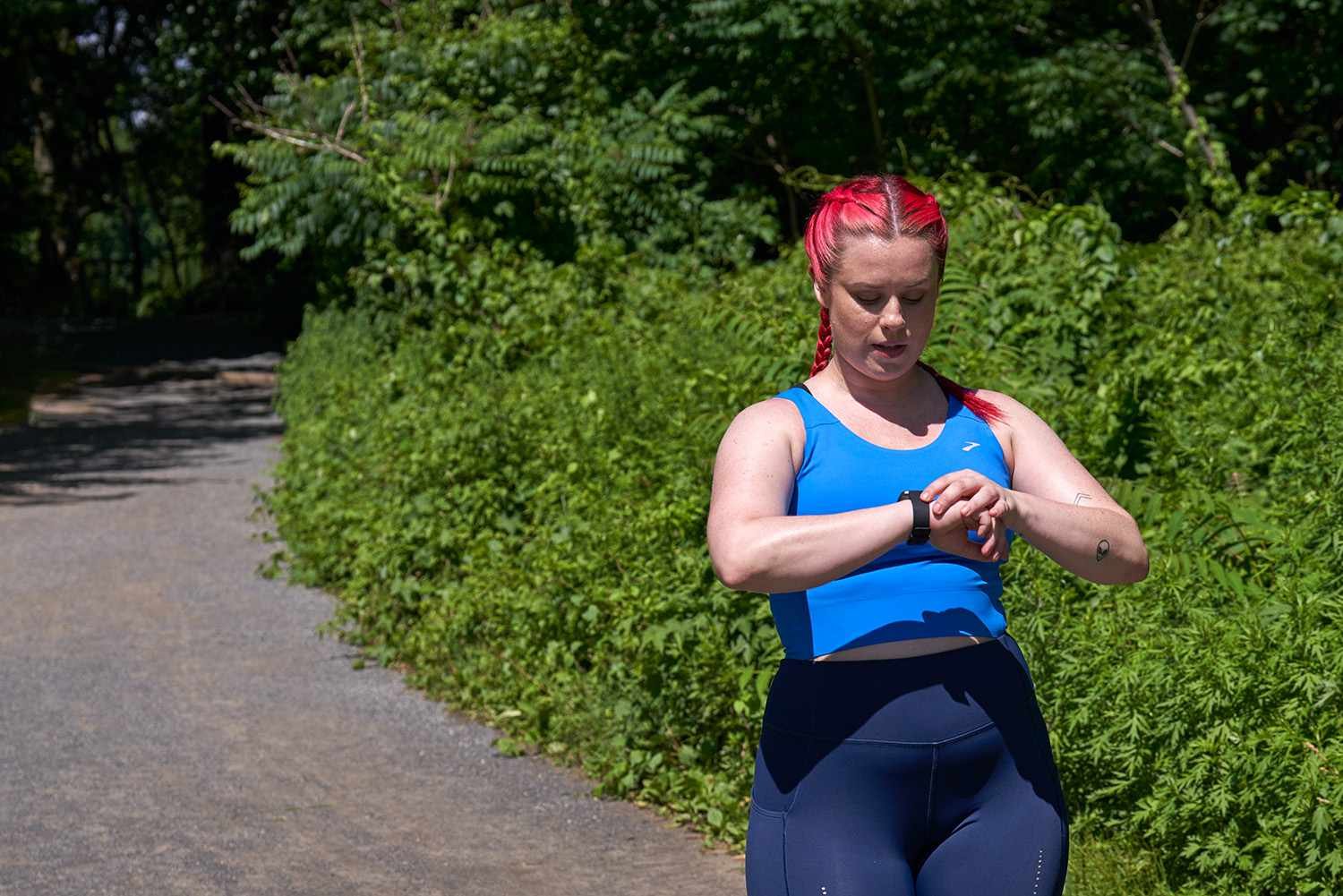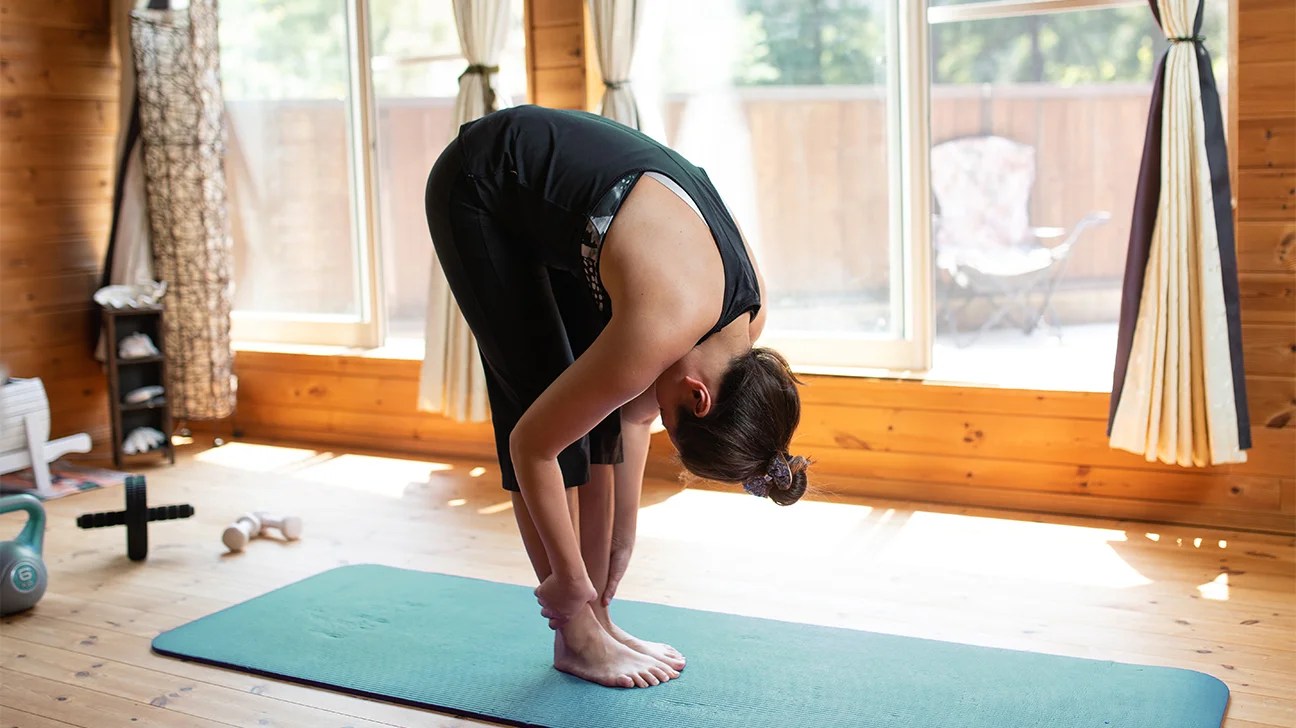Yes, walking 30 minutes every day can help you lose weight. Consistent moderate-intensity walking is an effective form of exercise for weight management.
Losing weight isn’t just about heavy lifting or intense cardio; the simplicity of walking offers significant health benefits, and its role in weight loss shouldn’t be underestimated. A daily stroll, particularly for individuals with sedentary lifestyles, can jumpstart the journey towards a healthier weight.
Integrating a 30-minute walk into your routine is feasible for most people and requires no special equipment, making it an accessible form of physical activity. Not only does it burn calories, but walking also revs up your metabolism and enhances your mood, which can reduce the likelihood of stress-eating. By setting a steady pace, you can turn your daily walks into a cornerstone habit that promotes a leaner physique and overall well-being. It’s a sustainable practice that can lead to long-term weight loss success and improved fitness levels, proving that simplicity can be incredibly effective for a healthier lifestyle.
Walking’s Role In Weight Loss
Lacing up your sneakers and heading out for a daily stroll can do wonders for your health. Walking is a low-impact activity that can kick-start your weight loss journey. Consistency is key, and a daily 30-minute walk is a powerful step toward achieving your fitness goals.
Calories Burned Via Walking
Ever wonder what happens when you walk for 30 minutes? Calories start to burn, powering your weight loss. The number of calories you shed depends on a few factors:
- Weight: Heavier people burn more calories.
- Speed: Brisk walking elevates calorie burn.
- Terrain: Walking uphill adds intensity.
The average person torches about 150 calories on a 30-minute walk. Stick to it, and see the pounds start to drop off.
Walking Vs. High-intensity Workouts
High-intensity workouts pack a punch in weight loss, burning many calories in a short time. But walking has its perks:
| Walking | High-Intensity Workouts |
|---|---|
| Steady calorie burn | Rapid calorie burn |
| Lower risk of injury | Higher risk of injury |
| No equipment needed | Often requires equipment |
| Suitable for all fitness levels | May be challenging for beginners |
Choose what suits you best and remember, walking can complement high-intensity training by aiding recovery on rest days.

Credit: www.today.com
Setting Realistic Goals
Embarking on a weight loss journey starts with setting goals that are achievable and healthy. To lose weight by walking 30 minutes every day, you need a plan. This plan must include specific, time-bound targets that align with your lifestyle and fitness level. Below, we break down these goals into a timeline and discuss the importance of consistency.
Timeline For Weight Loss
When establishing a weight loss timeline, it’s essential to remember that each body is unique. Results will vary based on factors like diet, starting weight, and overall health. Use the following as a guideline for setting your personal goals:
- First Month: Focus on habit formation. Little weight loss may occur.
- 1-3 Months: Expect gradual weight loss. A healthy goal is 1-2 pounds per week.
- 3-6 Months: With consistent effort, noticeable changes in fitness and weight are likely.
Incorporating Consistency
To see results, commitment is key. Consistency allows your body to adapt and improves your chances of weight loss success. Consider these tips to stay on track:
| Tip | Benefit |
|---|---|
| Same Time Daily | Bodies love routine, improving performance. |
| Track Progress | Seeing improvements boosts motivation. |
| Vary Intensity | Avoid plateaus and enhance calorie burn. |
By pursuing a clear set of goals and embracing consistency, you pave the way for a successful weight loss journey. Remember, the goal is not just to lose weight, but to foster a healthier, more active lifestyle that lasts a lifetime.
Maximizing Walks For Optimal Benefits
Maximizing Walks for Optimal Benefits means you do more than just lace up and step out. By tweaking your routine, your daily walks can transform into powerful sessions that boost your weight loss journey. Simple adjustments add a punch to your stride, turning a casual stroll into a calorie-burning, muscle-toning workout.
Increasing Intensity
Boosting a walk’s intensity fast-tracks weight loss. Here are proven tips:
- Speed up: Push your pace for short bursts during the walk.
- Take on hills: Incline walking engages more muscles.
- Use weights: Carry light dumbbells or wear ankle weights.
Involving Interval Training
Add bursts of high-intensity activities during your walk:
- Start with a warm-up walk at a regular pace for five minutes.
- Speed up for one minute, as fast as you can go without running.
- Slow down for two minutes, catching your breath.
- Repeat this cycle for at least five intervals.
- End with a cool-down walk at a slow pace for five minutes.
This method heightens calorie burn and builds stamina.

Credit: m.youtube.com
Diet And Nutrition Synergy
Diet and Nutrition Synergy plays a vital role in complementing your efforts to lose weight through a daily 30-minute walk. To maximize the benefits of your physical activity, the food you eat must provide the necessary nutrients while maintaining the right energy balance. Let’s delve into how a balanced diet and smart eating habits can enhance your weight loss journey.
Balanced Diet Essentials
A balanced diet is crucial for providing your body with the fuel it needs to support your walking routine. Key components include:
- Proteins – for muscle repair and growth
- Carbohydrates – for energy to keep you moving
- Fats – for long-lasting energy and essential functions
- Vitamins and Minerals – for overall health and metabolism
- Water – to stay hydrated
Portion Control And Timing
Portion control and the timing of your meals can highly influence your weight loss. Effective strategies include:
- Using smaller plates for reduced meal sizes
- Eating slowly to improve digestion and feel full faster
- Avoiding late-night snacks to prevent extra calorie intake
- Planning meals and snacks around your walks to maintain energy
- Staying consistent with meal times for better metabolism
Note: Eating right after your walk can lead to better nutrient absorption as your body is in active recovery mode.
Monitoring Your Progress
Monitoring Your Progress is a crucial step in your weight loss journey, especially when incorporating a daily 30-minute walk. By keeping a close eye on changes, you can tailor your walking routine to better meet your weight loss goals. Let’s dive into how to track your progress and adjust your routine accordingly.
Tracking Techniques
To see the impact of your walking, it’s important to track results. Simple techniques can keep you motivated and show your success.
- Use a pedometer or a fitness tracker to count steps.
- Record your walks in a journal with time and distance.
- Take weekly photos to visually track body changes.
- Measure your body parts to note physical changes in size.
- Weigh yourself at the same time each week for consistency.
Adjusting Your Routine
With consistent tracking, you may notice when it’s time to boost your routine. Adjustments keep your walks challenging and effective.
- Speed up your walk for more intensity.
- Add brief jogging intervals to increase heart rate.
- Walk uphill or add stairs for a tougher workout.
- Extend the duration as you get stronger.
- Walk with weights or a backpack for extra resistance.
By tracking and tweaking your routine, you’ll be on the path to reaching your weight loss goals by walking every day. Remember, persistence and patience are key.
Additional Health Benefits Of Walking
Alongside shedding pounds, walking offers multiple health perks. Let’s explore how a daily stroll improves not just your waistline, but your overall well-being.
Mental Health Improvements
Daily walks have a powerful effect on your mind.
- Decreases stress: Stepping out can slash cortisol levels, helping you relax.
- Enhances mood: Natural chemicals like endorphins surge during exercise, boosting happiness.
- Improves sleep: Regular walkers often notice better sleep patterns over time.
Cardiovascular Strength
Your heart loves it when you walk. This simple exercise can lead to:
- Lower blood pressure: Regular movement maintains heart health.
- Increased circulation: Walking enhances blood flow, feeding cells with nutrients.
- Reduced cholesterol: Active lifestyles can cut harmful cholesterol levels.

Credit: www.everydayhealth.com
Frequently Asked Questions For Can I Lose Weight By Walking 30 Minutes Everyday?
How Much Weight Will I Lose If I Walk 30 Minutes A Day?
Walking 30 minutes a day can help you burn approximately 150 calories. Weight loss varies per individual, depending on diet and metabolism. Consistent walking may lead to gradual weight loss over time.
Will I Lose Belly Fat If I Walk 30 Minutes A Day?
Walking 30 minutes a day can contribute to overall weight loss, including shedding belly fat, when combined with a healthy diet and consistent exercise routine. Regular brisk walks enhance calorie burning, helping reduce abdominal fat over time.
How Long Do I Need To Walk A Day To Lose Weight?
Aim for a daily walk of 30 minutes to support weight loss. Consistent brisk walking combined with a balanced diet enhances results. Adjust duration and intensity based on personal fitness goals.
What Happens If I Walk 30 Minutes Everyday?
Walking 30 minutes every day can improve cardiovascular health, aid in weight management, and boost mood and energy levels. It can also help reduce the risk of chronic diseases and enhance muscle endurance.
Conclusion
Wrapping up, walking 30 minutes a day can contribute significantly to your weight loss journey. Consistency is key to reaping the benefits, alongside a balanced diet. Remember, perseverance turns walking into a stepping-stone toward achieving your fitness goals. Keep stepping forward and watch the transformation unfold.



